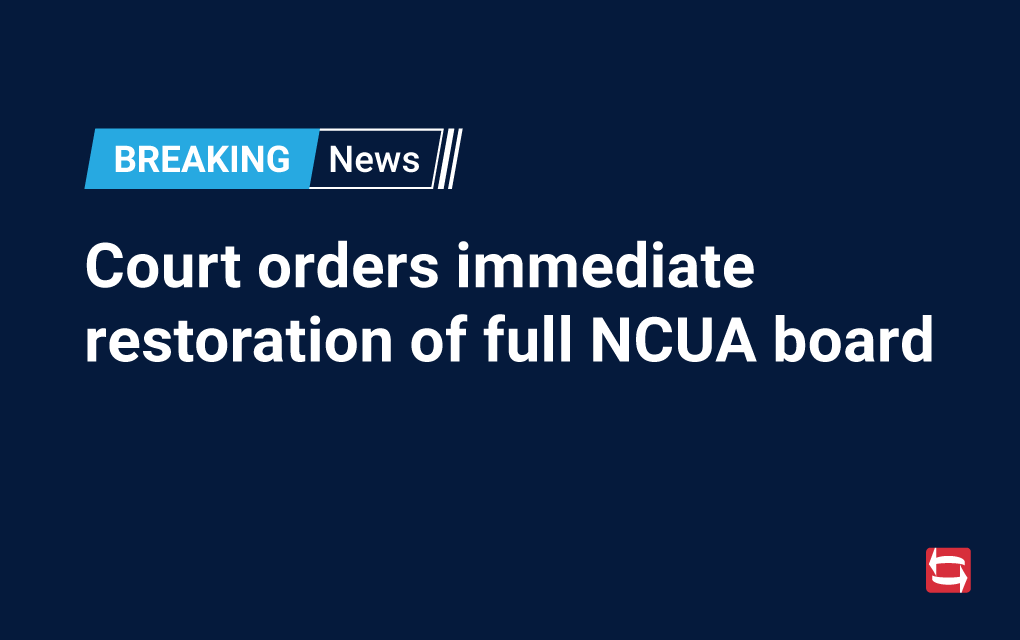
CD growth skyrockets for credit unions as core deposits decline
Certificates now make up 28% of credit union savings products, the highest level in 15 years.
Traditional credit union savings products continue to see declining balances, but certificate of deposits are booming.
During the last 12 months, share draft balances declined 2.8%, regular shares balances fell 7.2% and money market account balances fell 6.5%, according to a new report from TruStage.
Meanwhile, certificate of deposit balances rose a remarkable 34.5% during the past year.
In 2021, share certificate balances made up only 13.8% of all credit union saving deposits. By June 2024, that percentage share more than doubled to 28%, the highest since 2009.
TruStage, an insurance and financial services company that monitors the credit union industry, said the shift from low-cost core deposits to higher cost certificate of deposits has increased credit union’s average cost of funds to 1.84% in the first quarter of 2024, up from 1.05% a year earlier.
On a monthly basis, share drafts, regular shares and money market deposit accounts all declined in June, while certificate of deposits grew 1.6%. The disparity in savings account growth rates has significantly changed the distribution of credit union deposits over the last two years.
TruStage, formerly known as CUNA Mutual Group, said, however, that with the Federal Reserve expected to lower short-term interest rates by 100 basis points this year, the shift in the mix of deposits will likely slow.
Share certificate growth was one of a few positives highlighted during a mostly gloomy second-quarter data release by the National Credit Union Administration.
In total, credit union savings balances rose at a 2.9% seasonally-adjusted, annualized growth rate in June, significantly better than the -3.2% pace set in June 2023, but still below the 7% long run average.
“Deposit growth remains below trend due to high inflation forcing some members to withdraw savings to purchase necessities and funds leaving credit unions for alternate savings products paying higher interest rates,” said Steve Rick, chief economist for TruStage.As of June 30, there were 4,533 federally insured credit unions in the U.S., down from 4,686 in the second quarter of 2023.
“With the Federal Reserve expected to lower short-term interest rates by 100 basis points this year, expect this shift in the mix of deposits to slow.”
– Steve Rick
Chief Economist
TruStage








